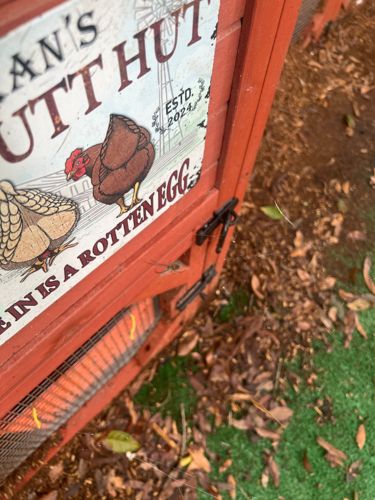Spider
Scientific Name: Araneae (order)
Order & Family: Order Araneae (Contains many families)
Size: Varies greatly depending on species, from less than 1 mm to over 10 cm in leg span.

Natural Habitat
Spiders are found in nearly every habitat worldwide, from deserts to rainforests, and urban environments. They often seek sheltered locations.
Diet & Feeding
Mainly insects, but larger spiders can eat small vertebrates. They are predators and inject venom into their prey to liquefy it before consuming.
Behavior Patterns
Spiders create webs to catch their prey. Different species have different web designs, from orb webs to funnel webs. Many are nocturnal, and they reproduce by laying eggs in silk sacs.
Risks & Benefits
Most spiders are harmless to humans, and their bites are rarely medically significant. A few species, like black widows and brown recluse spiders, have venom that can cause health issues. Ecologically, spiders are beneficial as natural pest control, keeping insect populations in check.
Identified on: 8/30/2025